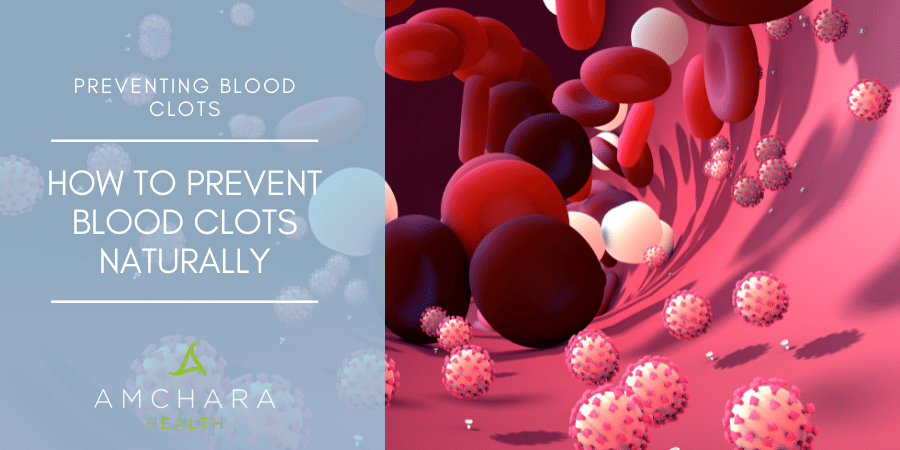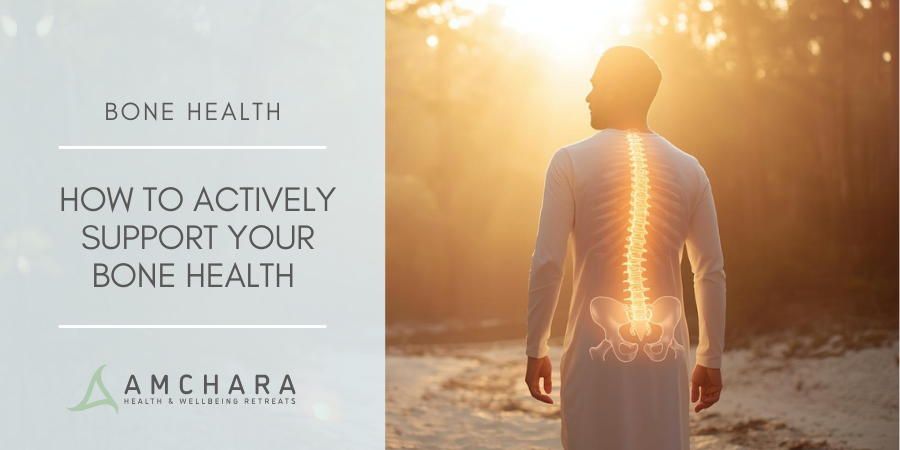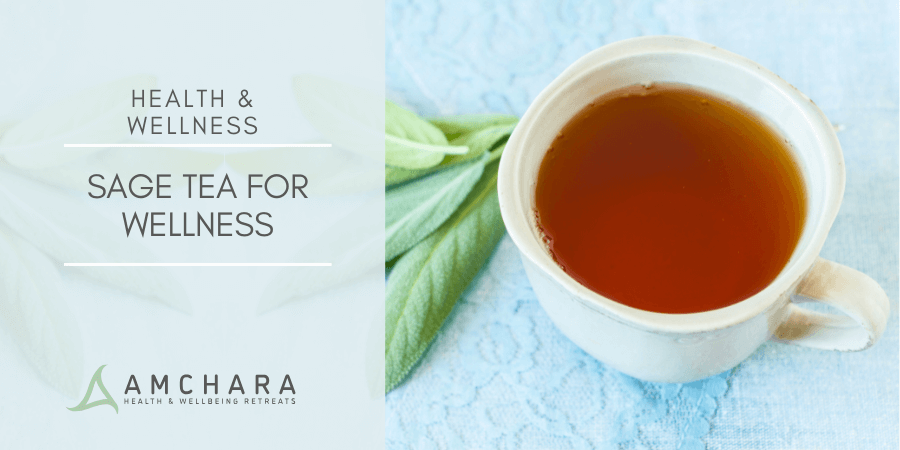Topics Covered in this article:
Many risk factors can contribute to the likelihood of developing blood clots, and the chance of having a blood clot increases if you have more risk factors. However, there are steps you can take to reduce your risk.
Our articles are always evidence-based, and orientated towards a holistic and Personalised Health approach. We aim to provide you with actionable knowledge and tips to help you on your journey to optimal health.
In this article, we will take a closer look at blood clots, the risk factors for developing them, and what you can do to naturally reduce your risk, and also boost your overall health.
What are blood clots?
Normal blood clotting is an important process in the body, playing a role in healing broken blood vessels and controlling bleeding – for example, when you have an injury, blood clotting will reduce the loss of blood. But blood clot disorders can arise as a result of missing clotting factors, or if your blood isn’t flowing properly.
Blood clots may form in any blood vessels. Some blood clots may dissolve on their own, but others can be a serious condition as they can block normal blood flow, leading to health issues that require immediate medical treatment. Blood clots in your arteries can prevent oxygen from travelling to your lungs, brain or heart, which can lead to heart attack or stroke.
Blood clots can travel in the body – in the veins they are called a venous thromboembolism (VTE), and if they are found in the pelvis or leg they are known as deep venous thrombosis (DVT). If a blood clot travels to the blood vessels in the lungs, this is termed a pulmonary embolism (PE) which can cause significant damage to the lungs, heart and other organs.
Blood clots formed in the kidneys can cause damage and kidney failure.
Symptoms of blood clots
As we have seen, blood clots can be serious, leading to life-threatening conditions so it is important to be aware of the symptoms. Finding a blood clot early can help avoid further complications and negative impact on your health.
Symptoms can vary according to where the blood clot is, but can include:
- Arm/leg – pain, swelling, warmth and redness
- Heart/lungs – sharp chest pain, breathlessness, coughing up blood, excessive sweating, dizziness, nausea
- Brain – speech impairment, changes in vision, seizures, change in ability to feel and sense, particularly on one side of your body
- Abdomen – pain, vomiting, diarrhoea, passing blood
Risk factors for developing blood clots
– Genetic
Several clinical studies have shown that VTE and risk of blood clotting has a strong genetic basis, with approximately 50-60% of the variation in VTE risk attributable to hereditary causes. For example, it has been reported that having an affected sibling increases the chance of developing blood clots by approximately 2.5 times the risk to the general population.
Such genetic variants that contribute to increased risk have been linked to abnormalities within candidate genes related to the clotting system and those responsible for inherited hyper coagulable states.
– Non-Modifiable Factors
Factors such as age, sex, and ethnicity have also been shown to cause variation in VTE risk. Although such factors are non-modifiable, similarly to genetic factors, understanding of their specific effects on blood clotting can help with diagnosis and treatment.
While VTE can occur at any age, studies have shown that it increases significantly throughout young adult and midlife, from a low rate of 0.5 to 1 cases per 1,000 person-years to 5 to 7 cases per 1,000 person-years by age 80. Despite the reason for this being only partially understood, it is possible that this is due to increased blood coagulability with age.
Sex also has a varying effect on VTE incidence, with men being more likely to suffer from the condition than women, at an age-adjusted rate of 130 per 100,000 person-years compared to 110 per 100,000 person-years for women. This is possibly due in part to varying lifestyle-based risk factors between men and women, or may be a result of differential average body height.
VTE risk has also been evidenced to vary according to ethnicity. Specifically, cases are thought to be highest among black populations, followed by white populations, and with the lowest risk being seen in Asian or Hispanic individuals.
This may also be partly influenced by geographical and regional differences, as well as related factors such as environmental risk factors including air quality, or access to, and quality of, healthcare.
– Lifestyle
One lifestyle-related factor that is thought to influence varying risks of blood clotting is diet. For example, the Western diet, usually defined by high levels of refined and sweet foods, as well as high-fat dairy products, is possibly associated with a greater VTE risk than what is known as the Prudent Dietary Pattern, which is characterised by high intake of fruits, vegetables, poultry and low-fat products.
However despite this, evidence is not yet consistent enough to prove a direct correlation. Similarly, although it is not fully evidenced, high levels of physical activity are hypothesised to lead to a decreased rate of VTE, especially arterial thrombosis, with the intensity of the physical activity also thought to be significant.
How can you naturally reduce your risk?
Despite there being certain non-modifiable genetic factors leading to an unavoidable increased risk of blood clots, there are a number of lifestyle-related factors which can help to avoid VTE and reduce the likelihood of clotting.
One of the most significant is staying active and mobile – as much as possible. This includes regular activities such as taking walks or stretches, and can dramatically help to increase the ease of blood flow, decreasing the likelihood of clotting. Stationary stretches are especially important when you are subjected to long periods of unavoidable immobility, such as in hospital or on long flights. Wearing specially designed stockings can also help to improve blood flow in such circumstances.
Additionally, dehydration can lead to a heightened risk of blood clotting, as a lack of fluid within the bloodstream can cause blood vessels to narrow and blood to thicken, reducing the speed and efficiency of blood circulation. It is therefore vital to regularly and consistently drink plenty of water in order to avoid this as far as possible.
Certain foods and food supplements can act as natural blood-thinners, reducing the risk of blood clots as the speed of blood flow is increased when the blood is thinner. These include cinnamon, garlic, cayenne pepper and turmeric, as well as moderate amounts of grape juice, kiwis and virgin olive oil. Diet can also be significant in obese individuals, as eating low-fat foods, coupled with plenty of exercise can decrease the pressure within the veins arising from the extra weight, thus lowering the risk of blood clots.
Takeaway
In summary, increased risk of blood clots and VTE arises from a combination of both genetic and lifestyle-related factors. Though not all of these are modifiable, especially those genetic factors, multiple measures can be taken in your everyday life in order to significantly reduce the risk of developing a clot, including eating well, and moving and exercising regularly.
To kickstart your health journey, why not come to Amchara for a relaxing health retreat?
Investing in a detox health retreat is a great way to kickstart your health journey, boosting your overall health. Our Personalised Health approach will help you, by taking into account your individual health status, needs and goals, and tailoring an approach accordingly to maximise the health benefits for you. Our mission is to help you ‘Change for Good’.
Or if it’s difficult to find time to get away, try Amchara Juicery – cold-pressed, nutritious juices delivered to your door to help you boost your health, naturally. Created by Amchara’s expert in-house health team, you can enjoy a range of fresh, organic juice cleanses (and super soups) at home.
Articles you might be interested in reading:
- Blood pressure – do you know your numbers?
- Foods to avoid for a healthy blood pressure
- Foods to balance blood sugar




